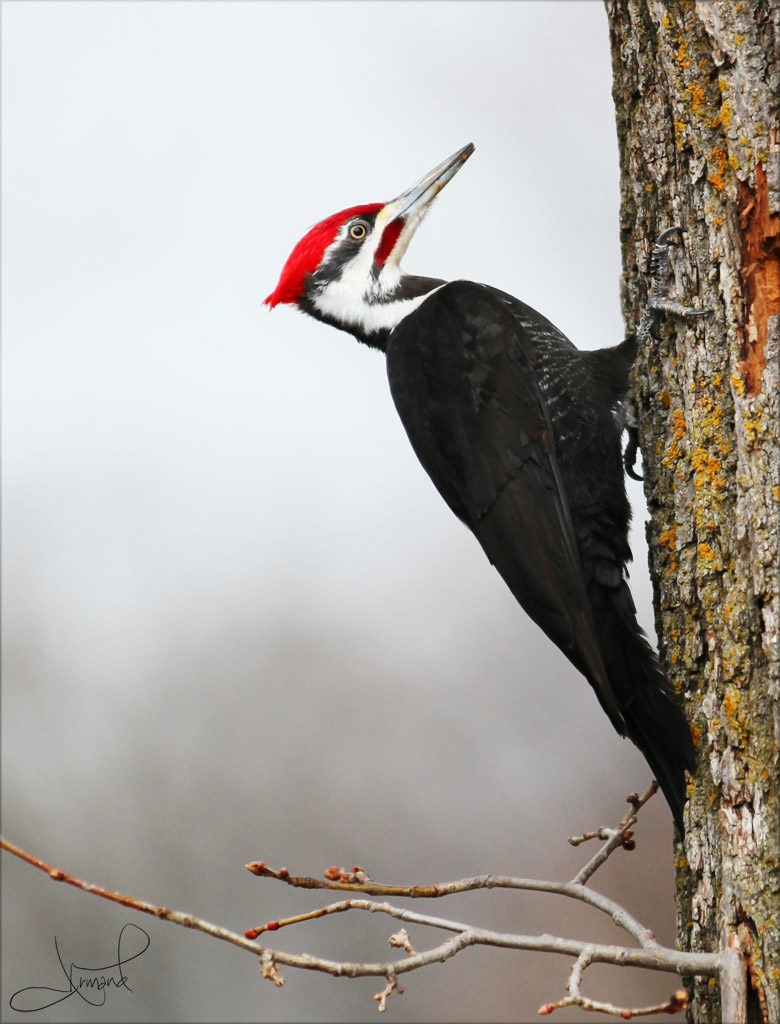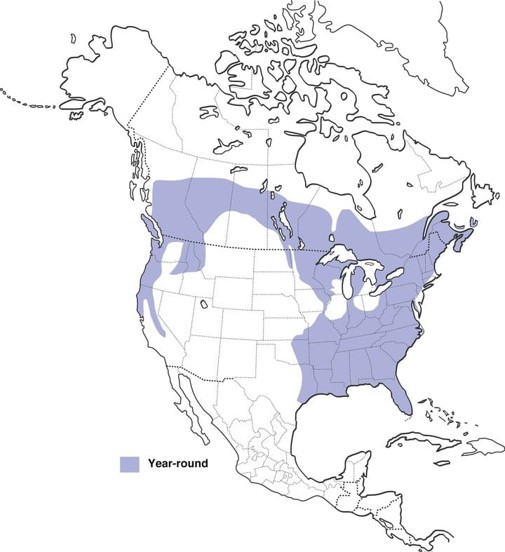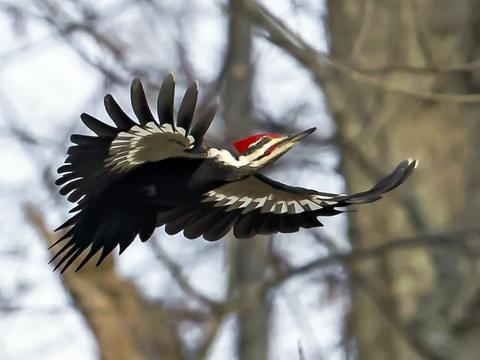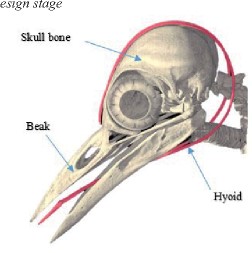 With the recent news of nearly 3 billion birds disappearing from North America in the last nearly 50 years this week chose an icon, the Pileated Woodpecker. Woodpeckers capture the wonder of many, but are misunderstood, as to their ecological importance. Not to mention, just how do they hammer their heads against trees day in and day out. Get ready for another exciting podcast.
With the recent news of nearly 3 billion birds disappearing from North America in the last nearly 50 years this week chose an icon, the Pileated Woodpecker. Woodpeckers capture the wonder of many, but are misunderstood, as to their ecological importance. Not to mention, just how do they hammer their heads against trees day in and day out. Get ready for another exciting podcast.
Woodpecker History
Birds evolved tens of million years ago, primarily from the dinosaur family of Theropods. The earliest known fossil of a woodpecker relative was dated 25 MYA. Yet, other fossils dated nearly the same time form around the world suggest woodpeckers evolved much longer before that. Estimates are they as a class of bird can be as far back as 50 MYA.
The Family of woodpeckers is Picidae. Which consists of woodpeckers, piculets, wrynecks and sapsuckers. There are over 200 species of woodpeckers. The Pileated Woodpecker scientific name is Dryocopus pileatus. Within this species there are four recognized subspecies:
- Southern pileated woodpecker ( p. pileatus) – the southeastern U.S., except Florida
- Northern pileated woodpecker ( p. abieticola) – from the Canadian Prairiesprovinces east through Eastern Canada and the northern United States
- Florida pileated woodpecker ( p. floridanus) – the Florida peninsulaand the Florida Keys
- Western pileated woodpecker ( p. picinus) – western North America


Woodpecker Physiology
The average lifespan of a Pileated Woodpecker is about 13 years. These birds are specially adapted to fly and grip trees to hammer or beat their beaks to forage for food. Their feet are specially adapted to grip to the tree bark. Their hips are perfectly in tune to allow the to climb and grip the trees, as well as their tails are adapted to aid in balance.
The most amazing facts about woodpeckers are their ability to beat their beaks against trees. The average woodpecker can strike its beak at a tree at about 15 mph. Yet, at this speed they can hammer their beaks 20 times per second. One average, they will beat their beaks 12,000 times in a day.
The question is, how can a woodpecker sustain such constant potential trauma to their heads and brains. Interestingly enough, the woodpeckers hyoid bone is specially adapted to protect their skulls. First, a woodpecker’s brains almost fills their entire skull, allowing minimum “sloshing” or potential trauma. Second, the hyoid bone wraps around their head and acts a strap, or seatbelt, that secures their heads.

Woodpecker Conservation
While the Pileated Woodpecker is listed as Least Concern, other woodpeckers are endangered. The most notable is the North American Ivory Billed Woodpecker. Once numerous, it is now estimated this species is either extinct or less than 50 birds remain in the world, possibly in Cuba. This was the larger cousin to the Pileated Woodpecker.
Woodpeckers are a critical ecological species in nature. They will carve out cavities in many trees throughout the forests they inhabit. These cavities then are used by numerous other birds and creatures as nesting spots. These birds provide an incredible service to the many other species it lives near.


